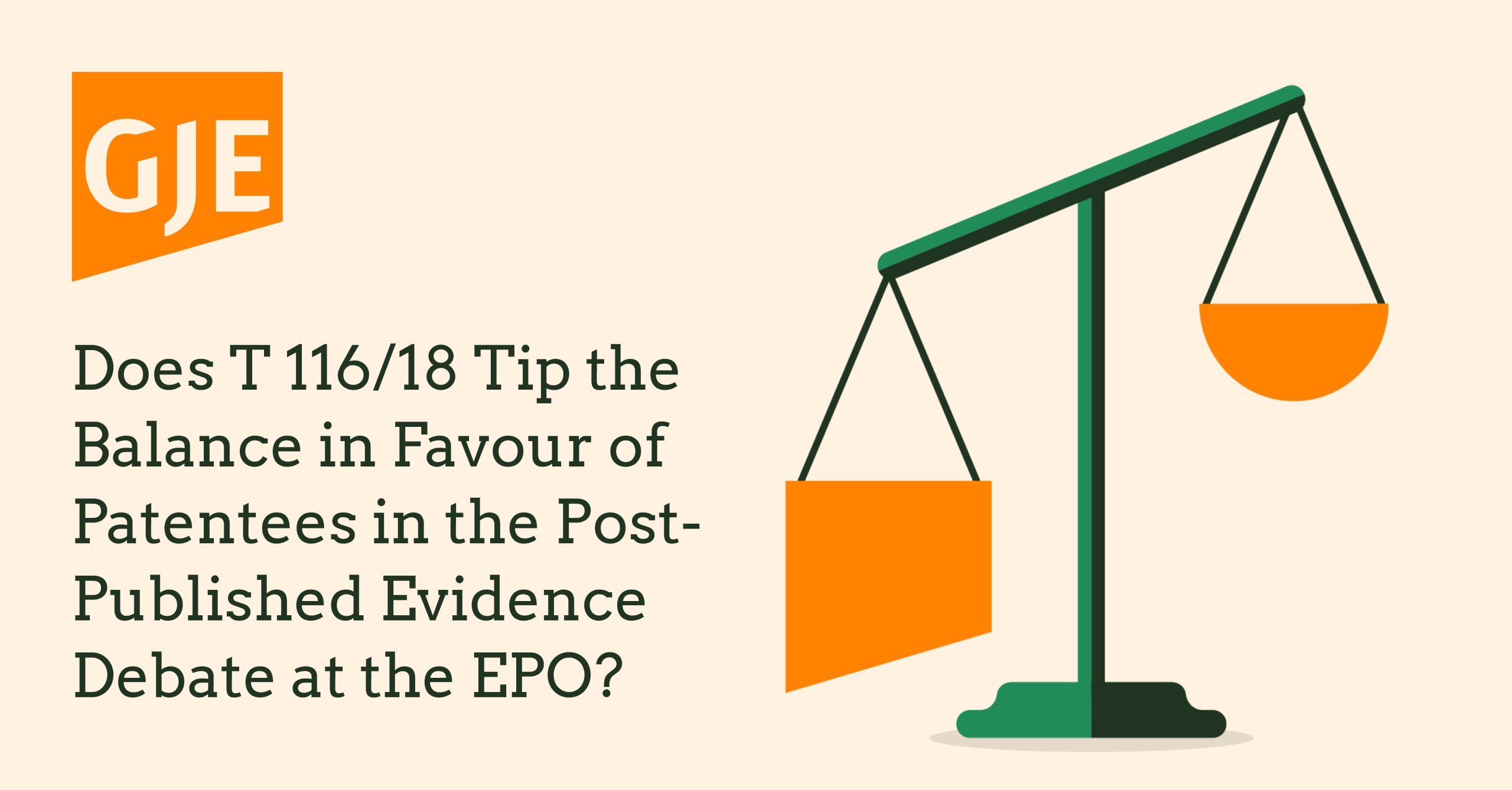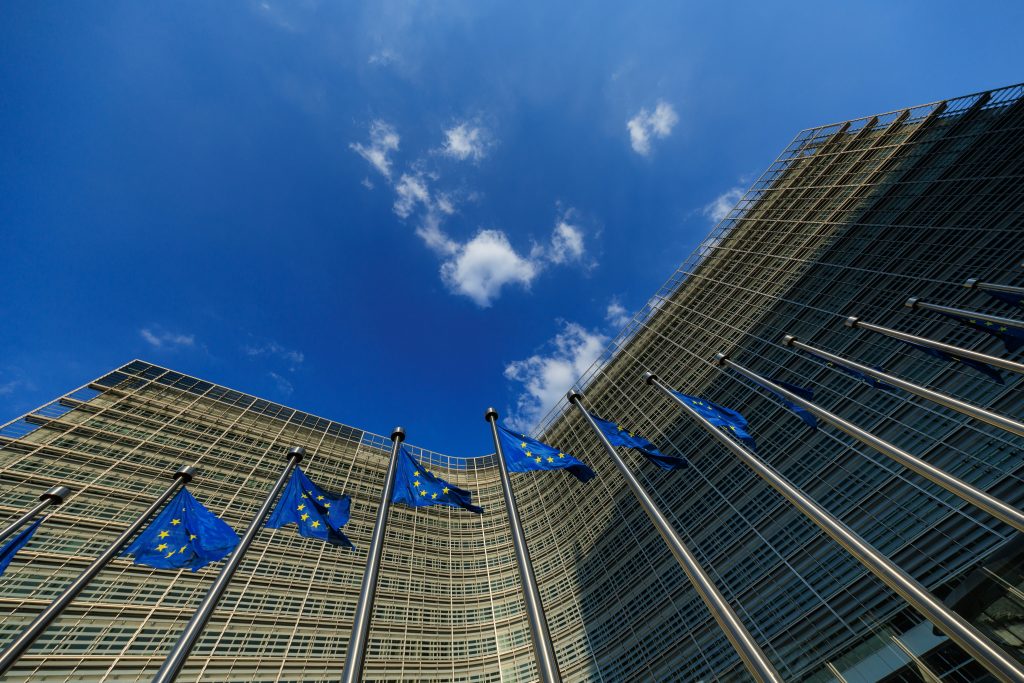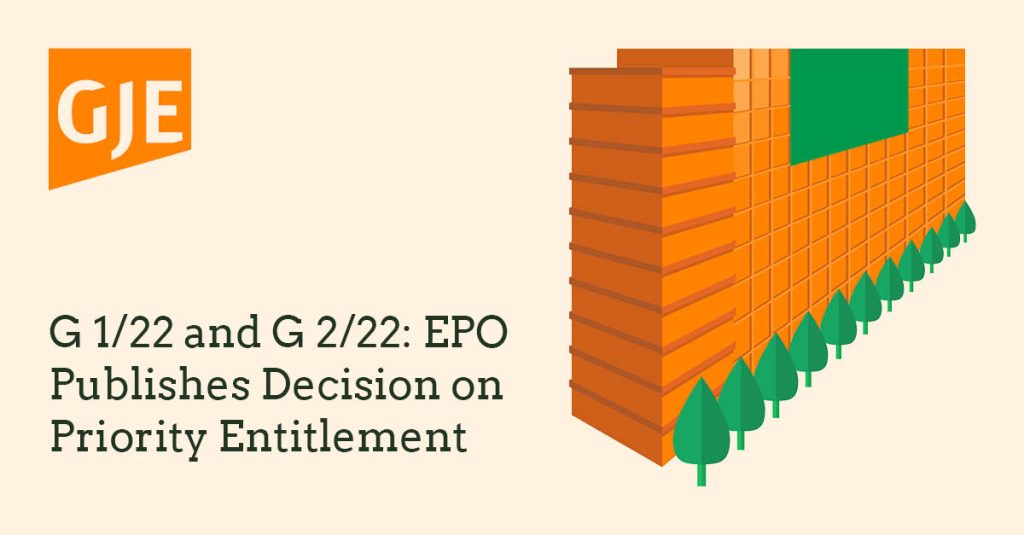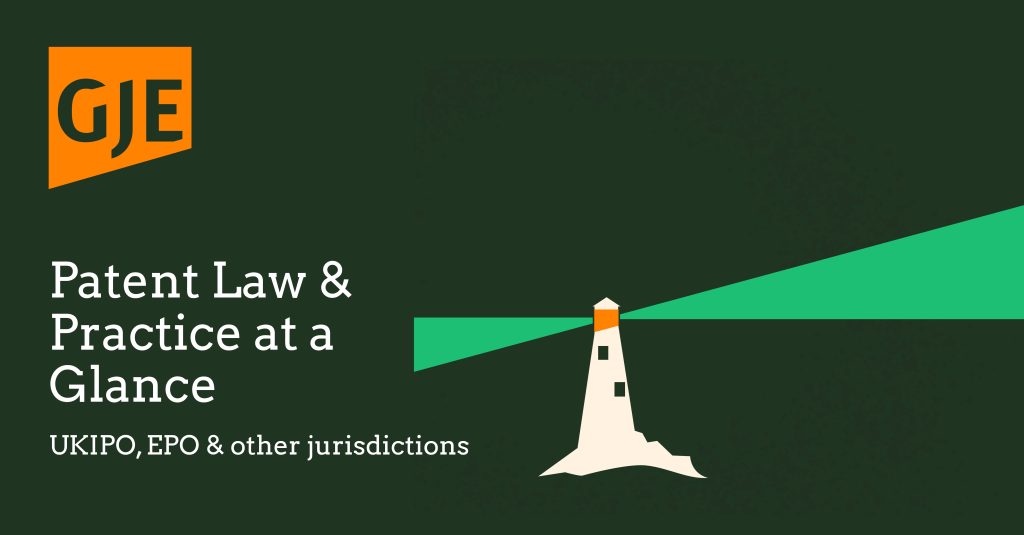
The Enlarged Board of Appeal in G 2/21 established new requirements for determining when post‑published evidence can be relied upon to support an inventive step at the EPO. However, the Enlarged Board’s decision left many unsure as to how those requirements would be put into practice by the deciding bodies of the EPO. We previously reported how one Board of Appeal interpreted and applied those requirements. In this article, Ash Earl comments on the decision of the Board of Appeal in T 116/18 of 28 July 2023, which arguably provides the most useful indication yet as to how the new requirements will be put into practice by the deciding bodies of the EPO.
Summary of Facts and Submissions
T 116/18 of 28 July 2023 is the second decision issued by Board 3.3.02 relating to the appeal filed by the opponent against the decision of the Opposition Division to reject the opposition against European patent no. 2484209. The first decision, T 116/18 of 11 October 2021, referred questions to the Enlarged Board of Appeal, which ultimately led to G 2/21.
The patent in question claimed an insecticide composition comprising a combination of thiamethoxam and at least one compound represented by a Markush Formula (Ia). The prior art disclosed thiamethoxam and compounds according to Formula (Ia) separately as insecticides, such that the difference was their combination.
It had already been decided in the first decision, T 116/18 of 11 October 2021, that an inventive step could only be acknowledged if post-published evidence demonstrating a synergistic effect of an insecticide composition according to claim 1 against Chilo suppressalis, could be taken into account.
The Board therefore had to decide whether this synergistic technical effect could be relied upon for inventive step following the requirements established in G 2/21.
A dissection of order no. 2
As a reminder, following G 2/21 a patent applicant or proprietor may rely upon a technical effect for inventive step if the skilled person, having the common general knowledge in mind, and based on the application as originally filed, would derive said effect as being encompassed by the technical teaching and embodied by the same originally disclosed invention. This was referred to as “order no. 2” by the Board in T 116/18 of 28 July 2023.
As in previous decisions applying G 2/21, the Board began its interpretation of order no. 2 by explaining that the effect being “encompassed by the technical teaching” and “embodied by the same originally disclosed invention” means that there are two separate requirements that must both be met. Namely, the effect must be:
(i) encompassed by the technical teaching
and
(ii) embodied by the same originally disclosed invention.
How broad is the technical teaching of the application as filed?
Following a discussion of the meaning of “technical teaching” in the context of order no. 2, the Board concluded that for requirement (i) to be met, the “effect together with the claimed subject-matter need only be conceptually comprised by the broadest technical teaching of the application as filed”. Based on case law, the Board defined “technical teaching” as “an instruction addressed to a skilled person as to how to solve a particular technical problem using particular technical means”.
The Board stated that the effect “need not be literally disclosed in [the application as filed] by way of a positive verbal statement (see also point 11.13.1 below). Instead, for example, it may also be sufficient that the skilled person, having the common general knowledge in mind, and based on the application as filed, recognises that said effect is necessarily relevant to the claimed subject-matter.” The Board’s statement is consistent with established case law that any effect provided by the invention may be relied upon, provided that the effect is derivable from the application as filed or the skilled person would recognise the effect as implied by or related to the technical problem initially suggested.
Applying the Board’s interpretation of requirement (i) to the facts of the case, the Board considered the broadest technical teaching of the application as filed to be that a combination of a compound represented by a Markush Formula (I) and a compound represented by a Markush Formula (II) can result in a synergistic effect against insects. Here, the combination of compounds is the “particular technical means”, and this was based on the original scope of claim 1, and the synergistic effect against insects is the “particular technical problem”, and this was based on a statement in the description.
The Board went on to decide that the specific technical effect of synergistic activity against Chilo suppressalis achieved by thiamethoxam and a compound represented by a Markush Formula (Ia) was encompassed by the technical teaching of the application as filed because Markush Formula (Ia) fell within the scope of Formula (I), thiamethoxam fell within the scope of Formula (II), and Chilo suppressalis fell within the scope of “insects”.
Overall, the Board’s interpretation of requirement (i) does not change the established practice of the EPO.
An endorsement of the ab initio implausibility standard?
Before explaining what the Board interpreted requirement (ii) to mean, the Board acknowledged that order no. 2 does not refer to any of the “plausibility” standards (ab initio plausibility, ab initio implausibility and no plausibility) “either by mentioning these standards specifically or by using wording reflecting terminology underlying these standards.” The Board went on to state that “What matters is that when deciding whether a patent applicant or proprietor may rely on a purported technical effect for inventive step, it is the requirement(s) defined by the Enlarged Board in order no. 2 that has (have) to be applied, rather than simply using any rationale developed in the previous plausibility case law.”
While the Board’s statements suggest that the reasoning developed in the ab initio plausibility and ab initio implausibility lines of case law is no longer sufficient, the Board went on to conclude that requirement (ii) “is met unless the skilled person, having the common general knowledge on the filing date in mind, and based on the application as filed, would have legitimate reason to doubt that the purported technical effect can be achieved with the claimed
subject-matter.” This language is very similar to the Board’s own summary of the ab initio implausibility line of case law in its referral to the Enlarged Board.
The Board also explicitly rejected the notion that the ab initio plausibility standard has to be applied, even though this reflects a divergence in approach compared to national courts, such as those of the UK.
Accepting that order no. 2 of G 2/21 does not use the “plausibility” terminology, it is difficult not to compare the Board’s interpretation of requirement (ii) with the ab initio implausibility standard, which is widely seen as a more patentee-friendly standard than ab initio plausibility. Certainly, that the Board phrased requirement (ii) such that the default position is that the requirement is met could be seen to benefit patentees.
When is there a legitimate reason to doubt that the purported technical effect can be achieved?
The Board considered and declined several arguments by the opponent appellant that reveal factors that, at least for the Board, are not necessary for requirement (ii) to be fulfilled.
Firstly, the Board confirmed that “it is not necessarily a precondition for requirement (ii) to be satisfied that the application as filed contains experimental proof that the purported technical effect is actually achieved”.
Secondly, the Board stated that it is “not necessarily a precondition for requirement (ii) to be fulfilled that the application as filed contains a positive verbal statement about the purported technical effect.”
Thirdly, according to the Board, a legitimate reason to doubt an effect “must be more than the mere argument that the effect is surprising.” Indeed, the Board dismissed the opponent appellant’s attempt to question the reliance on the synergistic effect because it is “rare and unpredictable” as a circular argument in disguise.
The Board did acknowledge that “there might be a legitimate reason to doubt that the specific purported technical effect can be achieved if this effect is irreconcilable with the common general knowledge”.
Overall, the statements of the Board suggest that, in opposition proceedings, the burden of proof rests with the opponent to provide evidence as to why the skilled person would have a legitimate reason to doubt that the purported technical effect can be achieved.
Summary
Overall, T 116/18 is likely to be perceived more positively by patentees than by opponents. While T 116/18 provides a useful insight into what factors may be considered by the deciding bodies when applying the test of G 2/21, where the boundaries of the G 2/21 requirements lie have yet to be drawn.
Please contact Ash Earl or your usual GJE contact if you would like to discuss the potential relevance of G 2/21 to your business.





